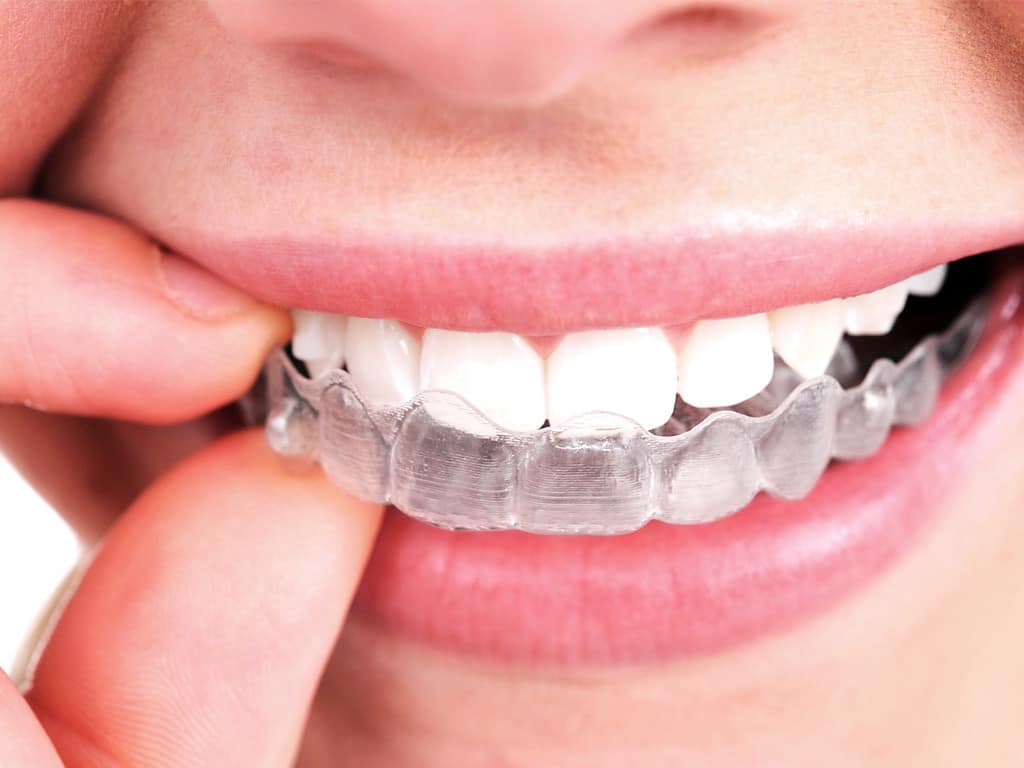In the same way as other individuals, you’ve needed to bear the terrible, excruciating experience of dental braces doubtlessly as a more youthful kid (grown-ups get them as well). Be that as it may, exactly how would they work? We see the outcomes later around 1-2 years and we end up with an inexplicably straight, delightful smile, obviously to the detriment of torment and void pockets. We feel and see our teeth move particularly when we get our braces fixed at our subsequent arrangements, yet how would they do it? Here are the fundamental parts of braces that everybody gets appended to their silvery whites:

Sections: these are the metal pieces at first joined to your teeth with a holding material, typically a kind of paste. This is the thing that keeps the sections joined to the teeth Curve Wire: this is the flimsy piece of metal that is set over the sections, coming down on your teeth and provide them the guidance in which to adjust and turn out to be straight-Rings: these small pieces are likewise called ligature elastics. They are what hold the curve wire set up on the sections. At the point when braces are fixed, the o-rings are changed. Typically you get to pick from a wide assortment of tones, yet sparkle and gleam in obscurity too when they’re changed. Elastics: not every person might require these. The specialist chooses if it’s essential, for example, on account of an overbite or an under bite. Elastics likewise make more strain to assist with fixing the teeth and can make more pressure a particular way for your teeth and jaw dependent on their position on your top and base braces.
Throughout your treatment, the nieng rang co dau khong make your teeth relax and move from the strain of the wire and elastics. At the point when this occurs, the film encompassing the teeth on one side grows, and chokes on the other, which makes your teeth release from the gums. As your teeth are fixed, your teeth move less making the bone around the film develop, supporting the tooth in its new residence. Assuming this cycle happens excessively fast, it can bring about the patient losing their teeth; that is the reason dental braces should be worn for a normal of 1.5-2 years so the interaction happens progressively. In specific cases, headgear should be worn for a normal of 10-14 hours out of each day. Headgear permits specific teeth to stay in their place and permits just explicit teeth to move. The last advance is the retainer. The retainer is worn either 24 hours per day, or for a specific measure of time every day (as controlled by your orthodontist). The retainer stands firm on the teeth in their new footing until the bone around them is reinforced and support them all alone.